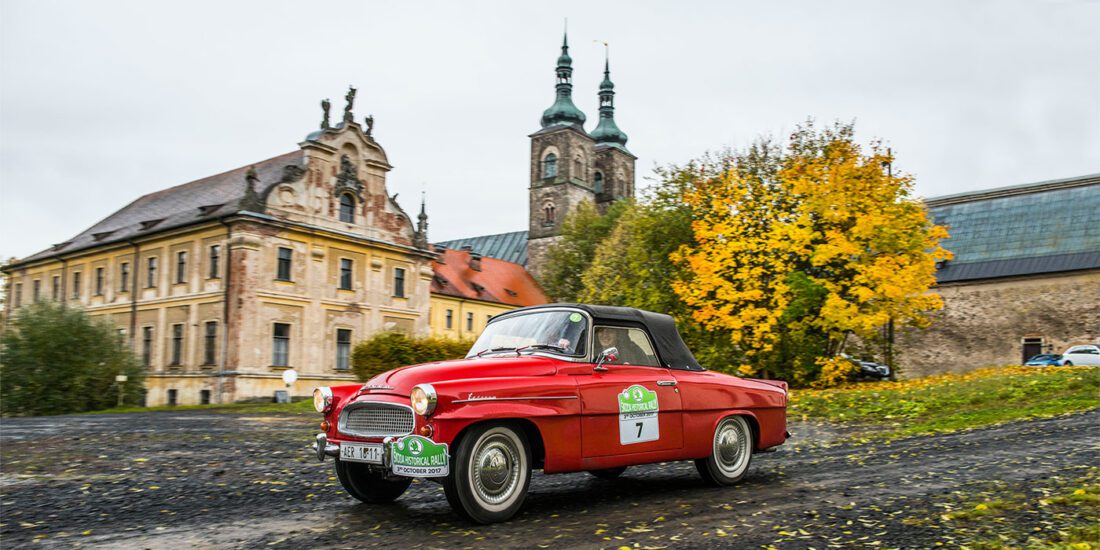
Test drive of historic Skoda
To find yourself in the 1960s, you need to put your smartphone away and take your time. 50 years ago, people were happy in cars with mysterious handling and stunted engines. And nothing seems to have changed
I pressed the brake until the very last moment, but the downhill Octavia Super only slowed down. On the first try, I got into the right gear with a tricky steering column lever and still managed to slip in front of the truck. This car is better at accelerating than slowing down. Still, there is as much as 45 hp. - a serious figure for Skoda in the early 1960s. After a few kilometers, the wagon nevertheless caught up with the car driving with all its might and hummed reproachfully.
Skoda is one of the oldest car manufacturers, if we consider the beginning of the year of foundation of the company Laurin & Klement (1895), which later disappeared into a large Skoda. And do not take into account that at first she produced bicycles, and made the first car only in 1905. In any case, a hundred years is a serious addition to the brand's image. And naturally, Skoda is trying to draw attention to its heritage and the historic rally is just what it needs.
Cars in different conditions arrive at the rally. The gray-blue Skoda 1201, despite its 60 years of age, looks great and, by the way, acts in films. Its owner has a serious collection. The open-topped red Felicias seemed to have just left the assembly line. A white Octavia recently hit someone, and its scars have been hastily painted over with a paintbrush. The tarnished Skoda 1000MB has a non-native steering wheel and buttons on the panel, and the seats are covered with cozy checkered covers. But each owner is very careful and jealous of his car. Do something wrong - get a look full of reproach and suffering.

"Something is not right" - this is once again getting entangled in the Octavia's gearbox. Firstly, the shift lever itself on the right under the steering wheel is unusual. Secondly, the scheme is crazy. First on yourself and up? Or from yourself? And the third? In late-production cars, the lever is floor-mounted, but switching is not easier - the first is not on the left, but on the right. On a more powerful Octavia Super, you can switch not as often as on a regular Octavia, and take up climbs from a run - the bass motor pulls out.
Thoughtful mechanical brakes are no longer enough to stop where you want. Closer to 80 km / h, the car needs to be caught with a backlash steering wheel - Shkoda's proprietary rear suspension with swinging axle shafts steers. How they drove the Octavias in the Monte Carlo rally and even achieved success is a mystery.
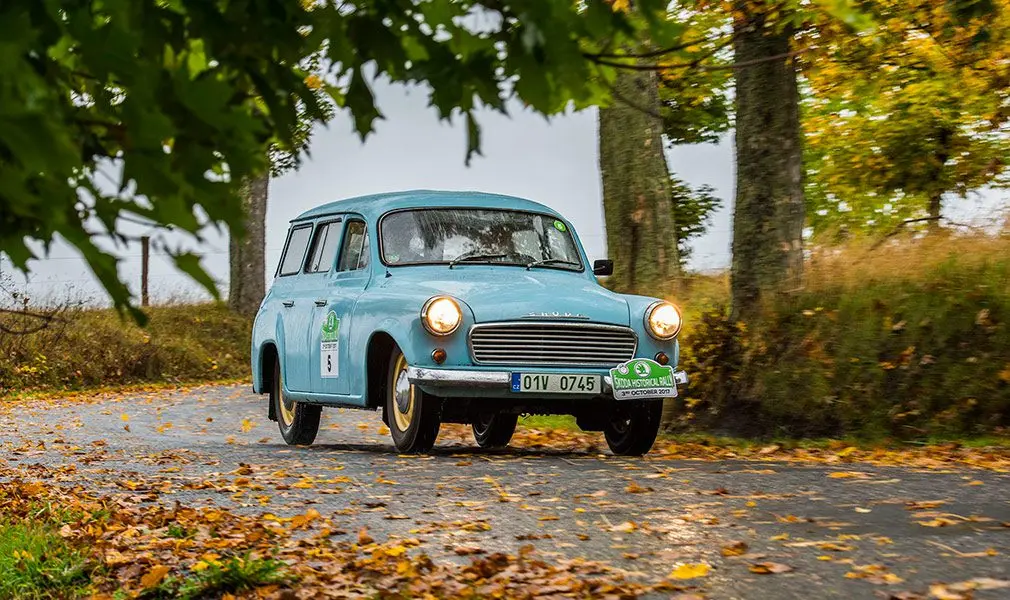
At that time, people were different, and cars. For example, the magazine "Za Rulem" in 1960; praised the Octavia for "high power and speed characteristics" and the Felicia convertible for agility and easy handling. Almost simultaneously with Octavia, the USSR produced Moskvich-402. With similar dimensions, its 4-door body was more comfortable, and the engine was larger. Gears were also switched by a lever on the steering column. They were rivals not only in sports, but also in conquering export markets: a significant part of the produced Moskvichs and Skodas went abroad. For the socialist countries, the export of cars was a source of currency, and therefore prices did not break. "Octavias", in addition to Europe, even reached Japan. In New Zealand, the Trekka SUV was made on its basis. The graceful Felicia convertibles were attempted to be sold in the USA.
To be in the early 1960s, you need to put your smartphone away and stop rushing. Historical rally is not a speed sport. Here, if you need to compete, then at the exact time of the special stages. And it's better to skip all the sports bustle altogether and slowly roll on the Skoda 1201, which looks like a shiny beetle. And you immediately fail even earlier, when the car was a rarity and was distributed among the elite. The directors and senior management rode with a breeze in rear-engined Tatras with V8. The few Skoda 1201s carried government officials, middle-level party officials and worked in the internal affairs bodies.
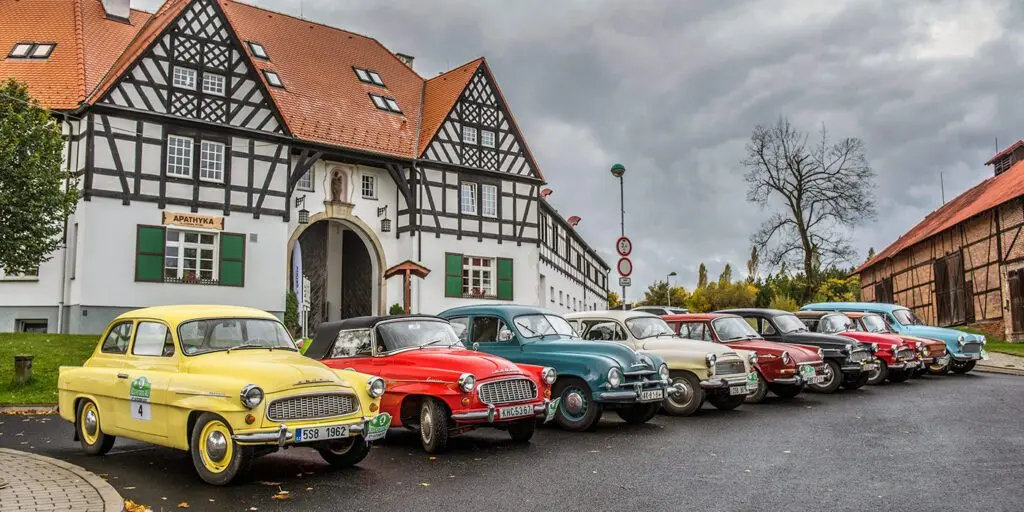
It's a bigger status car than the Octavia, but under the hood is again a modest 1,2-liter engine. Despite the fact that in 1955 the power of the unit was increased to 45 hp, this is still not enough for a car of the size of "Victory". However, in the mid-1950s it was a blessing to drive a car, no matter whether it was fast or slow. Sitting on a huge soft sofa with a low back and a giant steering wheel with a thin rim adjusts to unhurried movement.
Before you move the hefty lever located behind the steering wheel, you can hesitate, remembering the gearshift scheme - it is different here than in the Octavia. The beautiful speedometer with chrome bezel and convex glass is marked up to 140 km / h, but the needle does not go even halfway. However, the 1201 holds the road better than the Octavia, although it has the same swinging axle shafts. You may not even notice the speed limits in the towns - you still drive slower. Someone is already honking impatiently from behind.
A capacious station wagon was made on the same backbone frame, traditional for the Czech car industry. In 1961, he underwent restyling and was produced until the early 1970s. This is not surprising: there was no better car for the needs of the ambulance, especially since the engine of the new Skodas moved to the rear overhang.
In 1962, Czechoslovakia allowed the free sale of cars, and Skoda was completing the development of a new compact model and building a new plant for its production. The designers were faced with a non-trivial task: the new product should be spacious enough, while weighing no more than 700 kg and consuming 5-7 liters per 100 km.
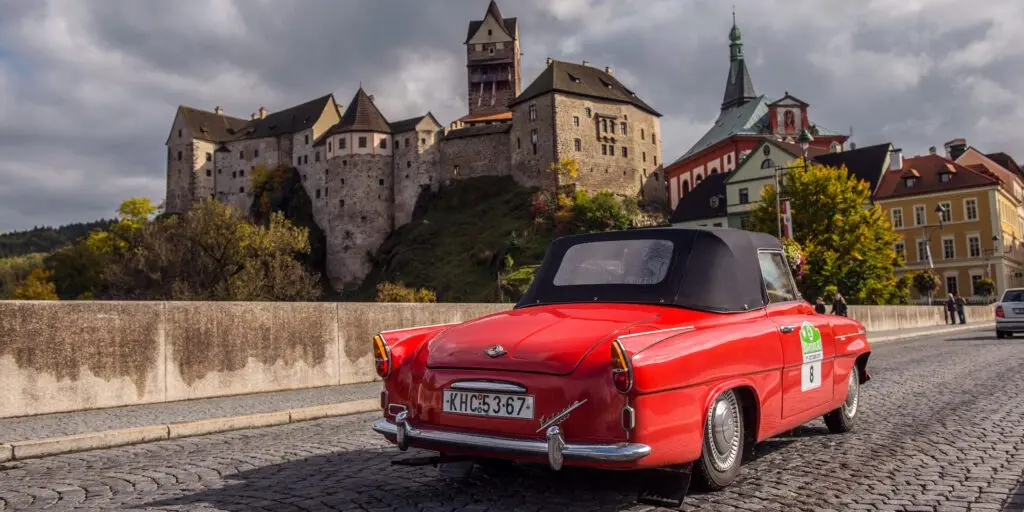
Europe and the United States, frightened by the Suez crisis, also sought to reduce car consumption. Alec Issigonis positioned the motor transversely, made the drive to the front wheels - this is how the British Mini appeared. Most modern compacts are built according to this scheme, but so far it was exotic. The engine in the rear overhang was much more common - it made the floor in the cabin almost flat. The recipe is as old as VW Kafer and just as simple. Hillman did the same with the Imp minicar, Renault with the Model 8, and Chevrolet with the unusual Corvair. Tiny "Zaporozhians" and large "Tatras" were made according to the rear-engine scheme. And, of course, Skoda could not pass it by.
Sleek and fast, 1000 MB is not at all like an inexpensive and mainstream car. The front panel is simple - the time of sophistication and chrome has passed, but at the same time the top is trimmed with soft leatherette. Rear passengers are more comfortable to sit down than in the Octavia - two additional doors lead to the second row. And sitting is more comfortable, although the base of the rear-engined car is only slightly larger. The Skoda 1000 MB is full of surprises: behind the nameplate on the front fender, there is the filler neck, behind the front fascia there is a spare wheel. The luggage compartment in the front under the hood is not the only one, there is an additional "secret" compartment behind the back of the rear seat. Skis can be attached to the trunk, the TV can be transported in the cabin. For an unspoiled person from a country, the Warsaw Pact is more than enough.
The driver's position is specific - low, the curved back of the chair makes it hunch over, and there is nowhere to put the left leg, except under the clutch pedal - the front wheel arches are too convex.
The engine of an unusual design with an aluminum block and a cast-iron head is so compact that it was possible to place a massive radiator with a fan on the left. Water cooling turned out to be preferable to air cooling, as in the Tatra - there was no need to be smart with a gasoline stove. With a volume of one liter, the power unit develops 42 horsepower. Not much, but the car weighs just over 700 kilograms. If three adults weren't sitting in it, 1000 MB could go even faster. But on long climbs, she now and then catches up with the barely crawling Octavia. And it gets into the gray exhaust plume. It is necessary to batten down the vents on the windows - they are controlled by separate "lambs" and play the role of an air conditioner. Moreover, here it is "four-zone" - air vents are provided even for rear passengers.
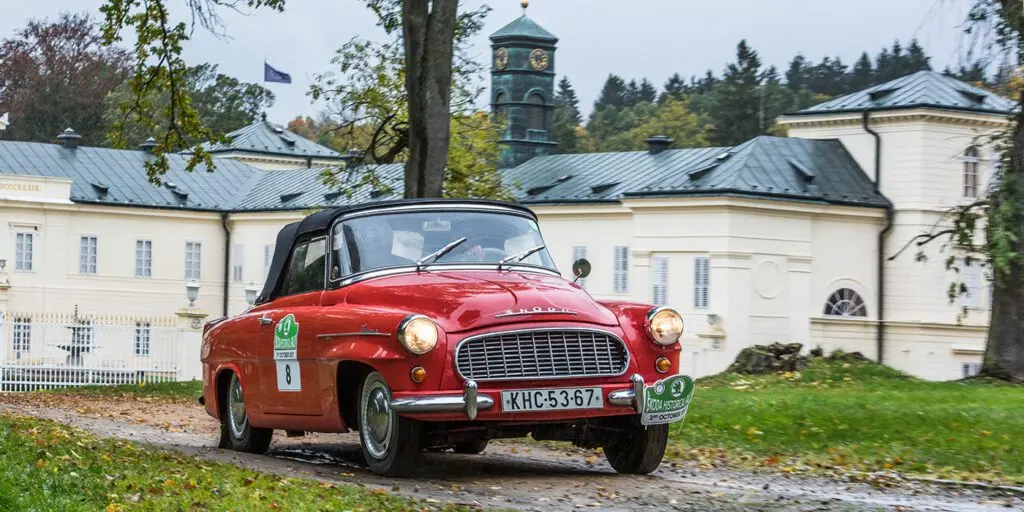
The owner of the car now and then shows with his hand: "Siege." Worries not only for the well-worn tires, but also for the specific handling. As soon as the effort on an empty steering wheel starts to grow, the car turns sharper into a turn - the reason for this is the rear-engine weight distribution and the breaking drive wheels on the swinging axle shafts: 1000 MB is clubfoot, like all historical Skodas.
One involuntarily recalls Chevrolet Corvair, the hero of the book "Dangerous at any speed", but it is unlikely that something like this could have been written in Czechoslovakia. Primarily because the Corveyr had a much heavier and more powerful engine. In addition, the car was carefully looked after - it was an important export product, not to mention the domestic market. And after Octavia, 1000 MB was perceived as a spacecraft.
Therefore, until 1969, almost half a million cars were produced, and after that they switched to model 100 - the one on which the hero of the song "Jozhin s bazhin" drove in the direction of Orava and, after a pile of plum brandy, promised to catch the swamp monster.
In fact, it was a deep redesign of the 1000 MB with a new face, interior, front disc brakes and more powerful motors. Until 1977, more than a million of these machines were made. The rear-engined history of Skoda ended only in the early 1990s, and a few years earlier the front-wheel drive Favorit, the Skoda that we are used to, began to roll off the assembly line.
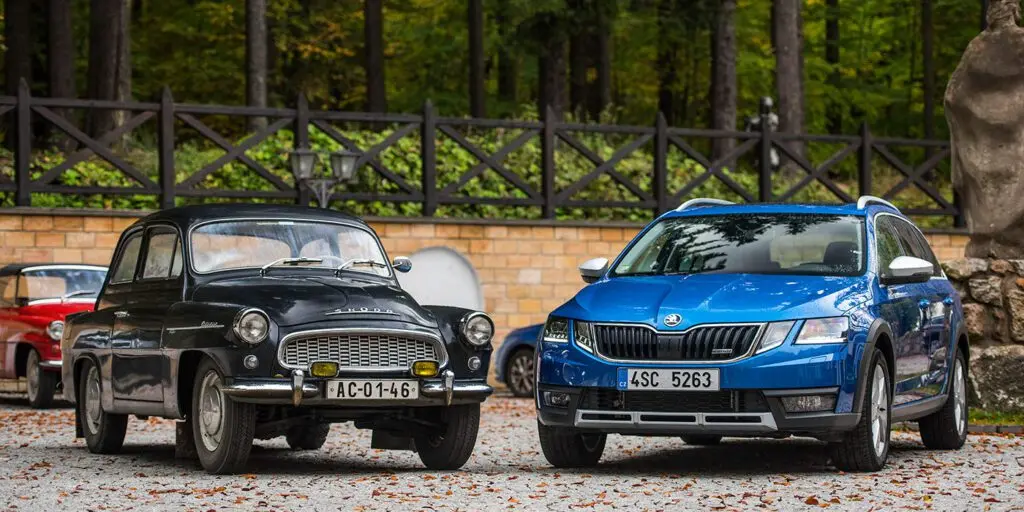
Now we cannot imagine a car without power steering, air conditioning, safety electronics and music. All new Skoda models have an engine located at the front, and instead of unusual technical solutions - practical things: all these magic cup holders, umbrellas and ingenious door edge protectors. Even the simplest Rapid is more spacious and roomy than any historic car. And Kodiaq is several times more powerful and faster. But even then, in cars with mysterious handling and stunted motors, people were happy. When every climb was an adventure and every trip was a journey.
